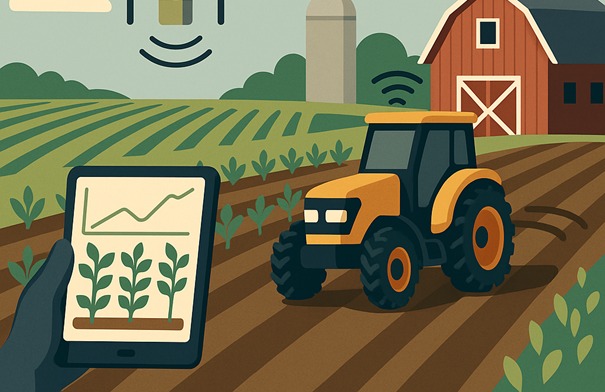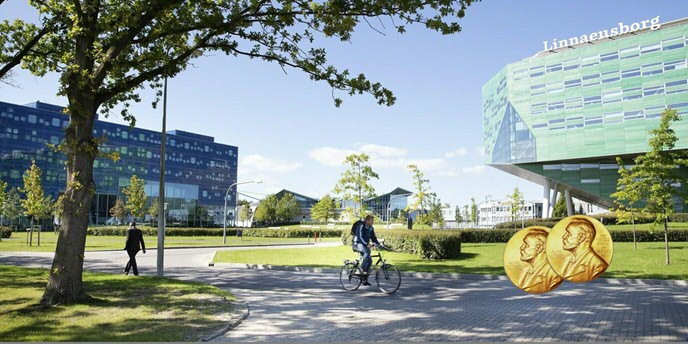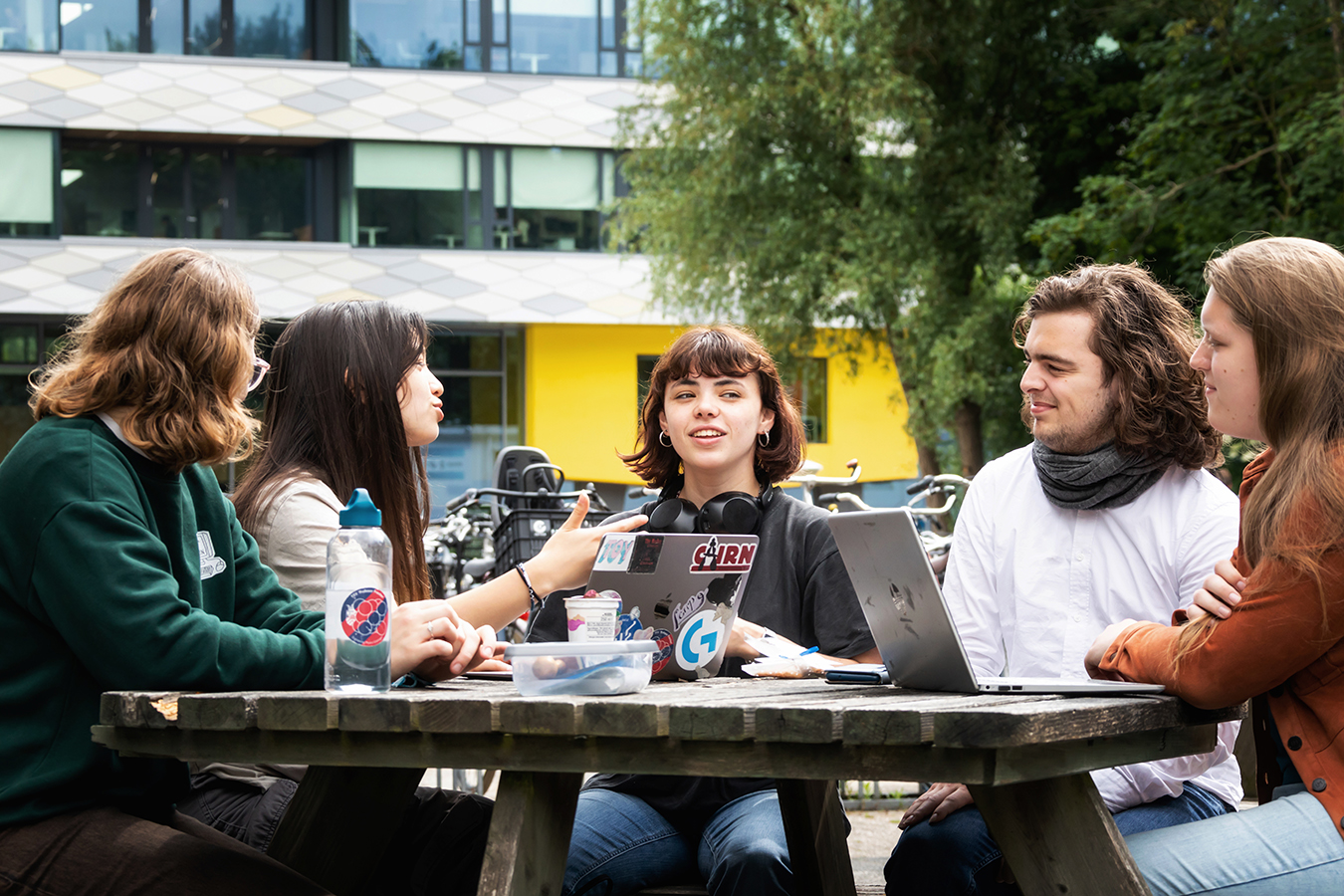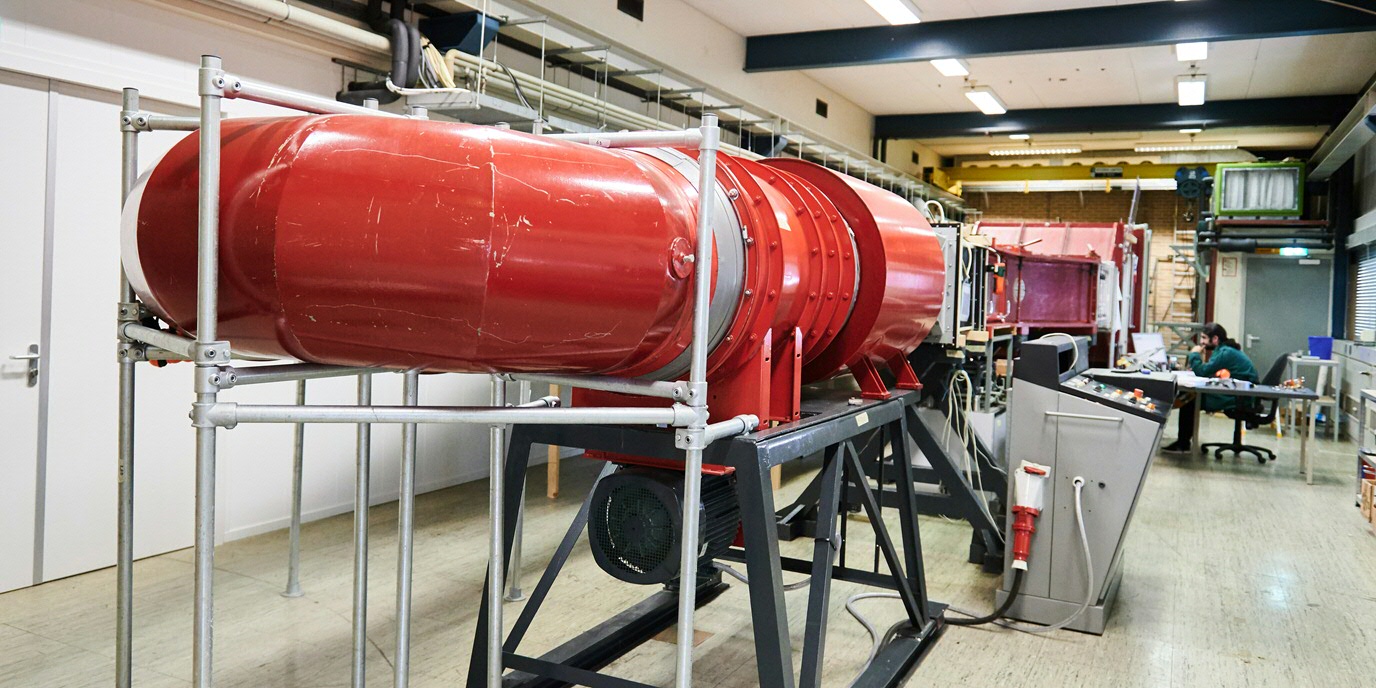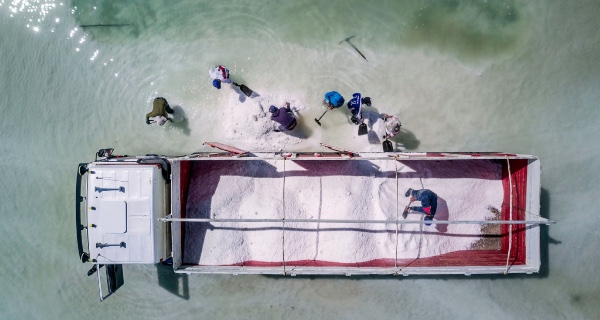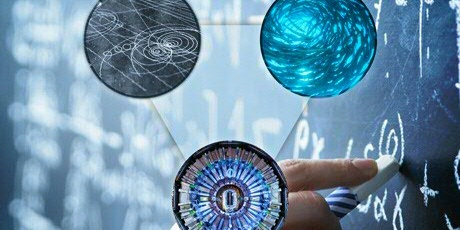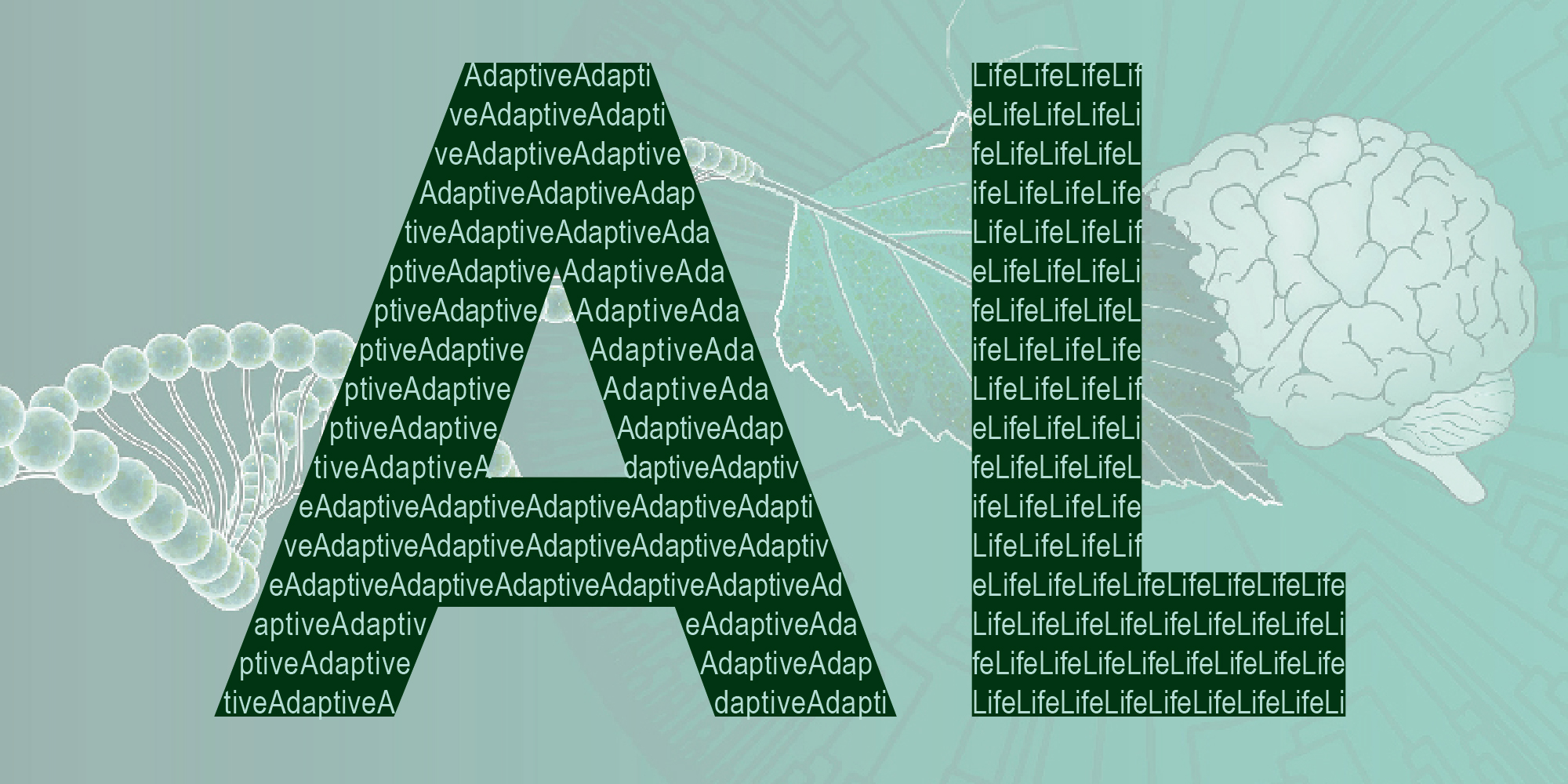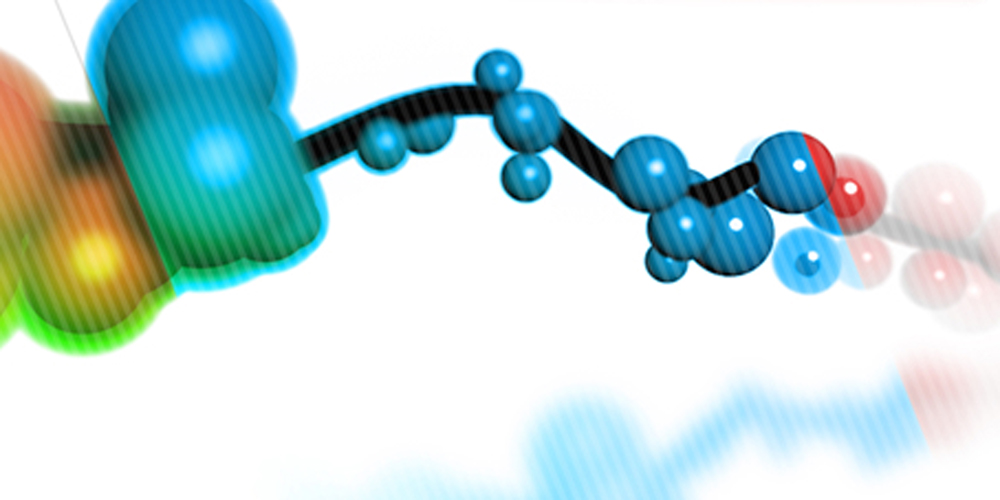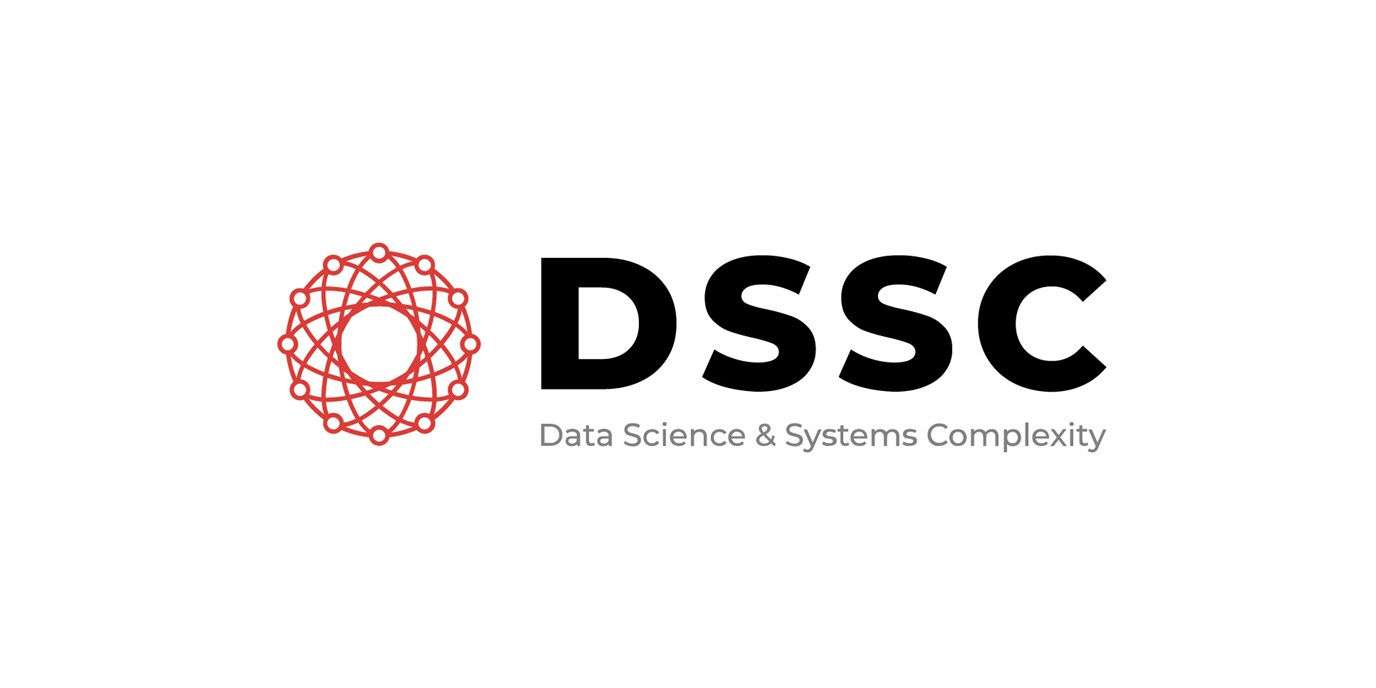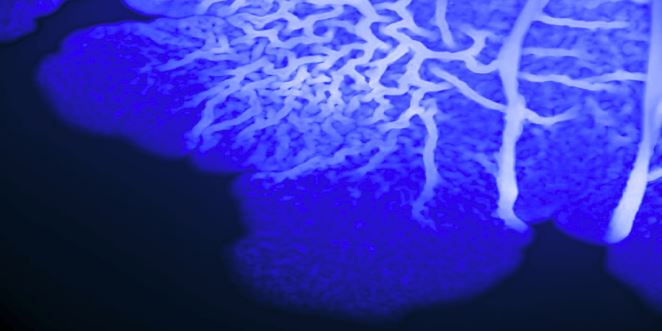Faculty of Science and Engineering
Een breed scala aan disciplines
De Faculty of Science and Engineering (FSE) biedt een breed spectrum aan Bèta- en techniekdisciplines. Onderzoeks- en onderwijsprogramma’s variëren van nanomaterialen en biomachines tot astronomie, van wiskunde tot farmacie, van neurowetenschappen tot informatica en van moleculaire en evolutionaire biologie tot mariene biologie.
Onze onderzoekers richten zich op fundamentele vraagstukken, in nauwe samenwerking met partners uit de industrie, de medische wereld en andere maatschappelijke gebieden. Vooraanstaande onderzoeksgroepen richten zich op actuele terreinen zoals duurzaam energiegebruik.



